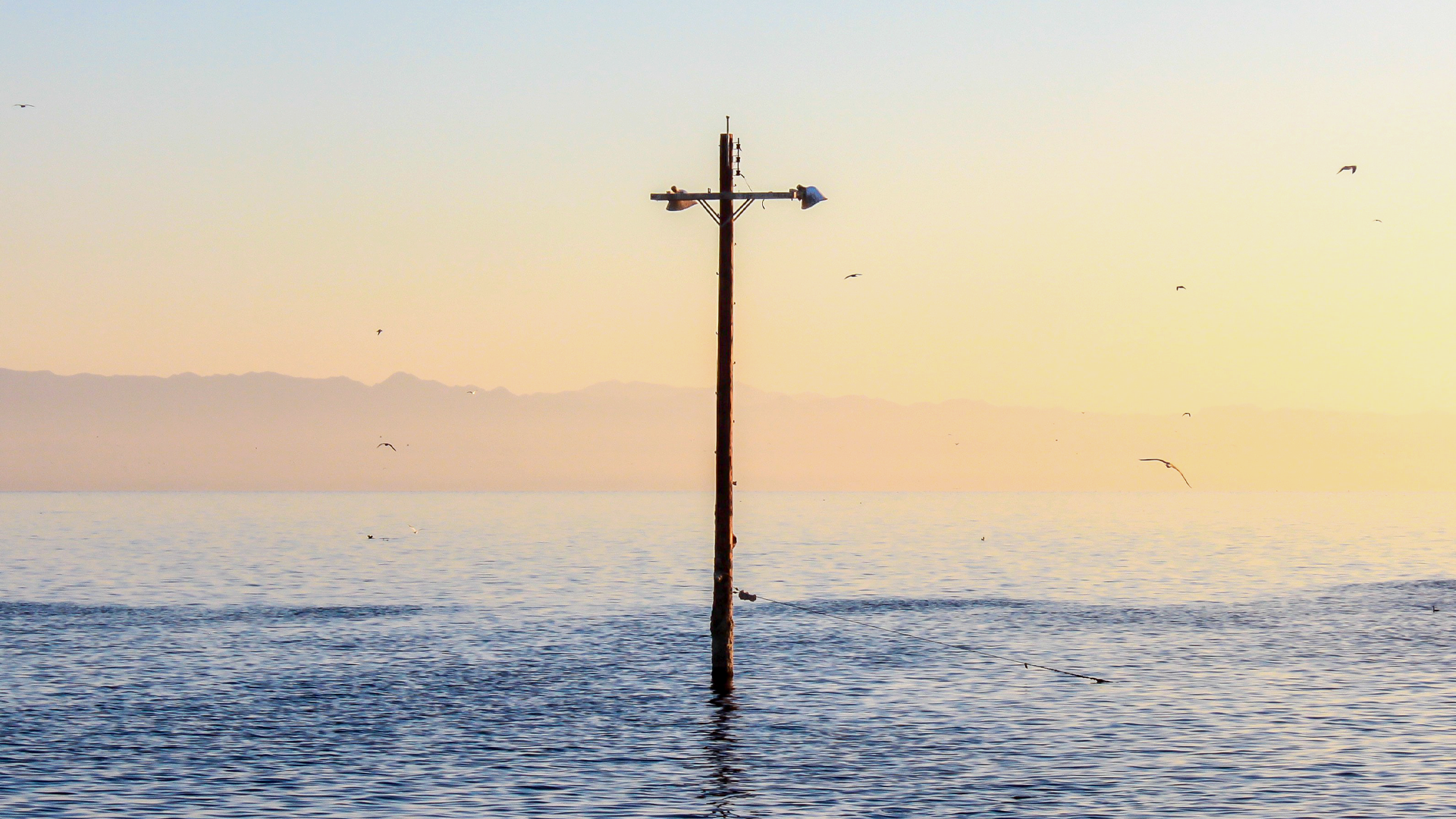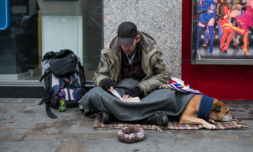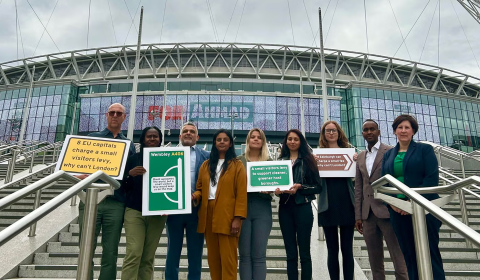Funding for loss and damage will take centre stage at COP27, the UN Climate Change Conference.
In the past year, catastrophic flooding overwhelmed both Pakistan and Nigeria, wildfires scorched dozens of countries, and extreme heat waves blanketed large parts of the planet.
These events killed thousands of people, destroyed essential infrastructure, and destabilized entire economic sectors.
In many cases, the costs of recovering and rebuilding from these disasters far exceed the financial capacity of governments, which both leaves countries more exposed to climate impacts in the future and undermines the ongoing health and well-being of communities.
As the climate crisis intensifies, the gap between the costs of severe impacts and the ability to pay is growing, widening global levels of inequality, and adding urgency to a topic that will take centre stage in the upcoming United Nations Climate Conference, or COP27, in Sharm El Sheik, Egypt, from Nov. 6 to Nov. 18.
With countries now preparing their COP27 delegates, expectations for the gathering have centred on the topic of “loss and damage.”
Loss and damage refers to the costs of recovering from climate impacts such as extreme storms, rising sea levels, severe droughts, and powerful wildfires that destroy lives, infrastructure, and economic sectors.
As these impacts intensify, many countries are financially overwhelmed and are advocating for global financing mechanisms grounded in concepts of fairness and solidarity, and informed by the political nature of the climate crisis.
“Climate change is a problem that was created by and is continuously created by emissions of greenhouse gasses that emerge from rich people’s lifestyles,” Saleemul Huq, director of the International Centre for Climate Change and Development, told Global Citizen.
“Rich people, mostly in rich countries, are the ones causing the pollution and then, on the other side of the coin, the victims of that pollution are the poorest people on the planet and that’s not right.
“If we happen to be one of those humans whose carbon footprints are above average, then we are responsible for causing problems for our fellow citizens who are the poor,” he said.
“We must accept moral responsibility. We must accept that it’s wrong. And we must do something about it to help them.”
Huq is a leading advocate for climate justice and an expert in global climate policy. He stressed the importance of tackling the issue now to save lives and money in the long-run.
“This is not going away,” he said. “Every day, climate change is going to get worse. There’s no escaping it, not even in the rich countries. The US just got hit by Hurricane Ian and the insurance industry is saying they won’t insure Florida’s homes anymore.
“They now have non-trivial impacts even in developed countries, and much bigger and more devastating impacts in developing countries,” he added. “To ignore it and put our heads in the sand is total negligence and violation of our responsibility as leaders.”
What is loss and damage?
Loss and damage generally falls into two broad camps, according to the World Resources Institute.
The first involves economic activities and infrastructure that you can put a clear price tag on. For example, if a flood wipes out agricultural production in a region, then the affected country would calculate the loss in revenue to farmers and the resulting supply chain disruptions and come up with a clear figure.
The second camp involves harder-to-calculate harms, such as loss of life, culture, and community continuity. Calculating these losses may hinge on providing indefinite social safety nets, paying for relocation, and investing in cultural revitalization.
Although related, loss and damage is distinct from climate mitigation and climate adaptation, which are both pre-emptive, anticipatory forms of climate action. Mitigation involves reducing emissions to prevent future climate impacts (loss and damage), whereas adaptation involves investments in things that will reduce the severity of impacts (loss and damage).
Three key things to know about climate loss and damage
Discussions around climate loss and damage attempt to pin down the role of climate change in environmental disasters.
Climate disasters already cost countries hundreds of billions of dollars annually.
COP27 can set the stage for world leaders to commit to a mechanism that allows for adequate loss and damage funding, especially for developing countries.
Why Does Loss and Damage Funding Have to Go Through the UN?
Loss and damage funding can and should come from any source — governments responding to domestic climate impacts, non-profits and philanthropies investing in recovery efforts, and even community crowdsourcing.
Already, coalitions are emerging to allow for multilateral funding for loss and damage. After last year’s COP26 in Glasgow, for example, Scotland established the Climate Justice Fund, which has since corralled tens of millions of dollars from governments, non-profits, philanthropies, and corporations.
The V20, a gathering of finance ministers from vulnerable developing countries, has also established a loss and damage fund.
But only through global coordination, involving all countries, can the scale of necessary funding be delivered, according to Huq.
And this international consensus can really only occur in the UN, where the governments of the world come together to negotiate global norms and rules. In 2015, countries achieved consensus on the need to mitigate greenhouse gas emissions to prevent catastrophic temperature rise.
Now, under the Paris climate agreement framework, a mechanism for loss and damage funding can be incorporated.




















